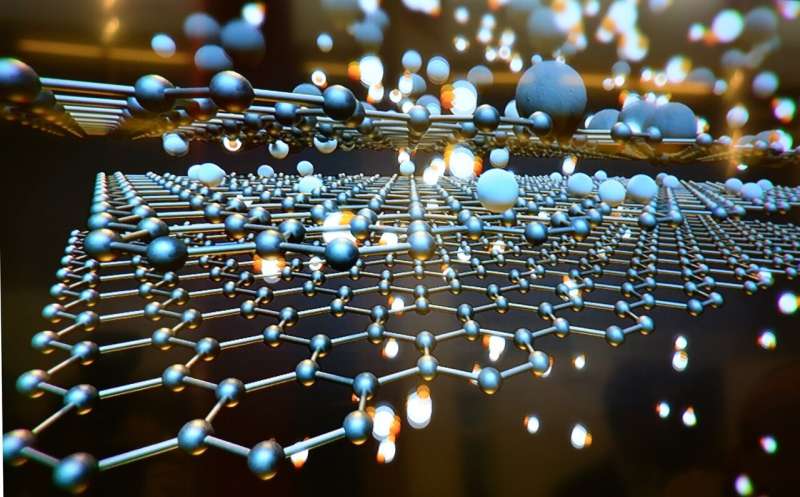This article has been reviewed according to Science X's editorial process and policies. Editors have highlighted the following attributes while ensuring the content's credibility:
fact-checked
peer-reviewed publication
trusted source
proofread
Researchers show nanovoids improve material performance

Voids or pores have usually been viewed as fatal flaws that severely degrade a material's mechanical performance and should be eliminated in manufacturing.
However, a research team led by Prof. Jin Haijun from the Institute of Metal Research (IMR) of the Chinese Academy of Sciences has proposed that the presence of voids is not always hazardous. Instead, voids can be beneficial if they are added "properly" to the material.
The team demonstrated that a metal with a large number of nanoscale voids shows improved mechanical performance compared to samples without voids.
This work was published in Science.
The new material developed by the team has been dubbed nanovoid dispersed gold (NVD Au). It contains a huge number of nanoscale voids, with sizes ranging from a few nanometers to several hundred nanometers. These voids are distributed uniformly throughout the material. Manufacturing NVD Au combines a corrosion process called dealloying with compression and thermal annealing treatments.
The researchers found that NVD Au shows improved strength and ductility in tension in comparison with fully dense Au. In other words, NVD Au with dispersed nanovoids is capable of withstanding higher loads and can be pulled to greater lengths without fracture.
This is the exact opposite of the effect observed in materials with large voids that are prepared by powder sintering or additive manufacturing. The excellent properties of NVD Au are attributed to enhanced dislocation-surface interactions and suppressed crack nucleation in this structure.
"We achieved both NVD strengthening and density reduction simultaneously, and thus realized lightweighting," said Jin. "Also, it does not involve any change of composition or phase, so that the excellent physical/chemical properties of the base material can be largely preserved."
This strengthening approach may be explored for use in many areas, ranging from portable electronics to aviation manufacturing.
The study was conducted in collaboration with scientists from Liaoning Academy of Materials and Nanjing University of Science and Technology.
More information: Jia-Ji Chen et al, Strengthening gold with dispersed nanovoids, Science (2024). DOI: 10.1126/science.abo7579. www.science.org/doi/10.1126/science.abo7579
Journal information: Science
Provided by Chinese Academy of Sciences



















